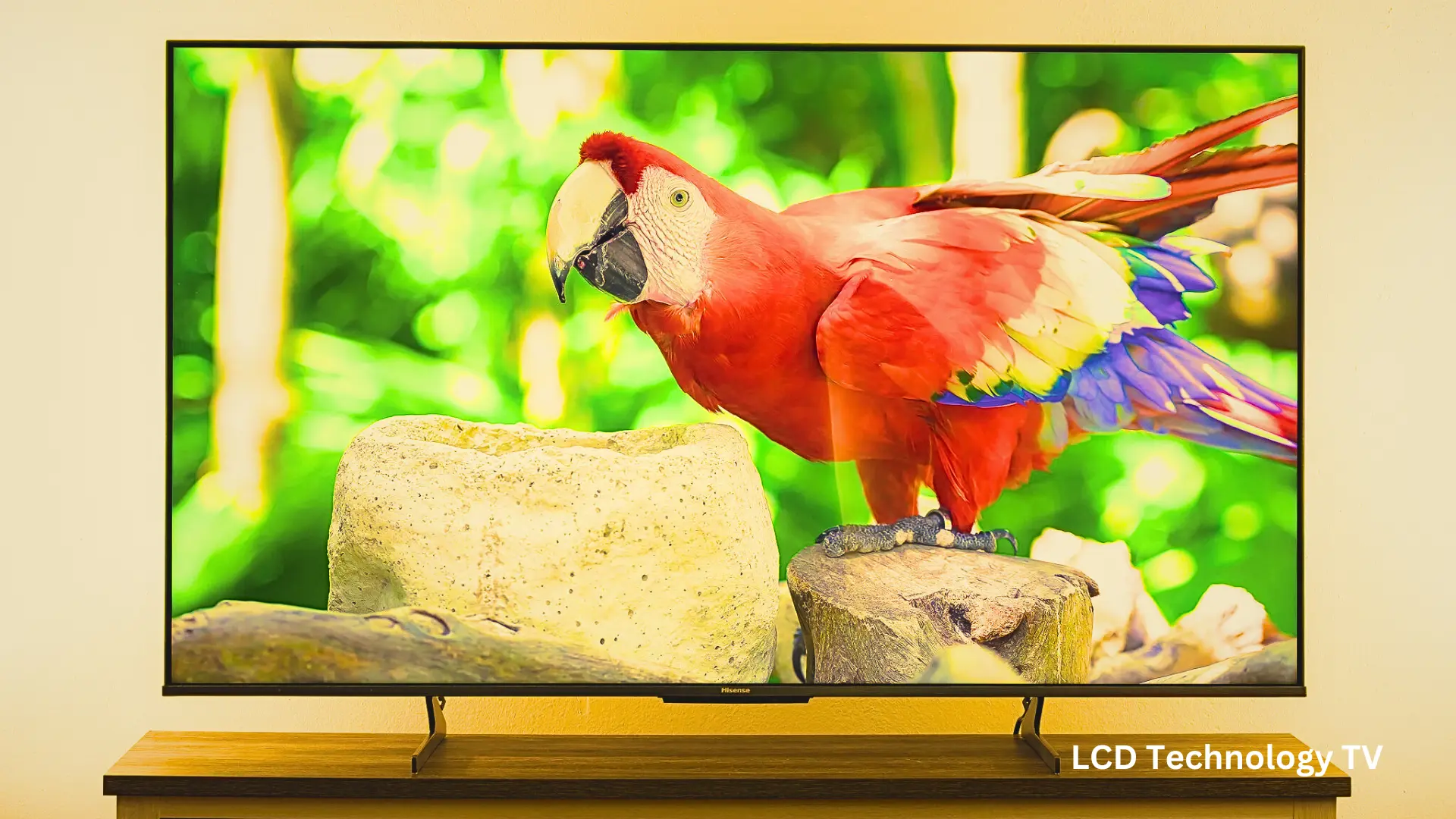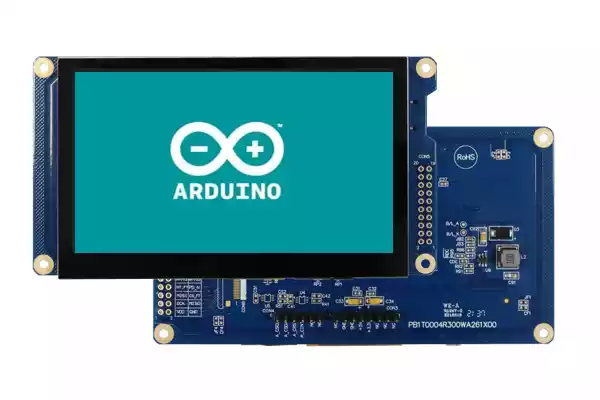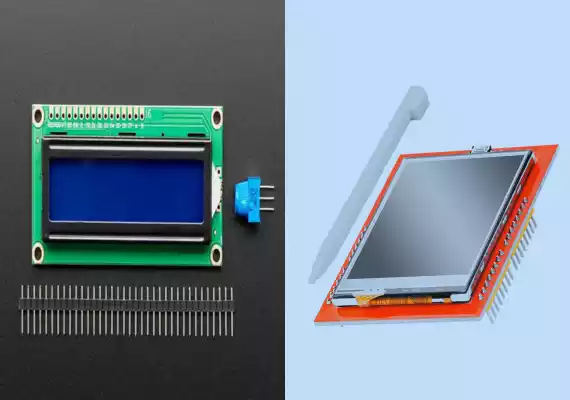Definition of LCD and TFT technology
LCD and TFT Technology are integral components of modern flat-panel displays with TFT technology being a crucial element within LCD screens.
LCD is shorthand for Liquid Crystal Display and uses liquid crystals as its basis to create images on a flat panel display screen. When an electrical current passes through them.
Their orientation changes allowing or blocking light rays thus producing images onscreen. Thin-Film Transistor commonly referred to by its acronym TFT is an LCD technology using transistors for controlling pixels.
TFT offers superior image quality, faster response times, and higher contrast ratios over traditional LCD technology. Their transistors typically comprise thin silicon layers adhered to glass substrates.
What is LCD Technology?
LCD technology employs liquid crystal materials that respond differently when exposed to electrical charges in response to this charge and can then be placed between two polarizing filters so that only light in one direction passes.

Liquid crystals twist when no electrical charge has been applied, blocking light polarized with one filter from passing through to another filter and producing dark pixels. By applying an electrical charge. These twists untwist allowing light through both filters simultaneously for brighter pixels.
Thin film transistors (TFT) control each pixel of an LCD display by acting like toggle switches that activate or deactivate electrical charges for the liquid crystal. TFTs located behind liquid crystals use thin silicon layers that regulate current flow for current control purposes.
LCD displays also incorporate backlighting that illuminates liquid crystals behind them to produce images for viewing by viewers. Backlights may include either cold cathode fluorescent lighting (CCFL) arrays or light-emitting diodes.
LCD displays often include various layers. These layers include a color filter to add colors to images, a protective coating to shield them against damage, and an antiglare polarizer for increased contrast and reduced glare.
What Is TFT Technology?
TFT stands for thin-film transistor, an LCD technology that utilizes thin-film transistors to individually control each pixel displayed on its display screen. Each TFT pixel consists of three subpixels reds, greens, and blues) which combine into a full-color image.
Each subpixel can be controlled independently via its own transistor acting like an electrical switch for current to flow into or away from its respective pixel.

TFTs, or thin film transistors (TFTs), are located behind a liquid crystal layer and consist of a thin silicon film that regulates current flow. A transistor opens a channel when an electrical charge has been applied allowing current to travel directly from subpixel to pixel.
When that occurs the liquid crystal unwraps and light can pass through easily. TFT technology boasts several distinct advantages over LCD technology. These include faster response times, greater contrast ratios, and more accurate color reproduction.
Each subpixel can be independently controlled via its transistor for precise color and brightness adjustments. TFT displays consume significantly less power than LCD displays because only when one or more pixels change do they require energy for powering purposes, making them ideal for portable devices like smartphones or tablets.
TFT displays utilize similar backlight technology as LCDs. Its illumination illuminates pixels from behind, rendering an image visible to viewers. Backlighting options for these TFTs may include cold cathode fluorescent light arrays or light-emitting diodes (LED).
LCD and TFT Technology: Differences
Here’s a comparison chart outlining key aspects of LCD (Liquid Crystal Display) and TFT (Thin-Film Transistor) technologies:
| Aspect | LCD (Liquid Crystal Display) | TFT (Thin-Film Transistor) |
|---|---|---|
| Function | Uses liquid crystals to produce images | Controls individual pixels in an LCD panel |
| Working Principle | Manipulates liquid crystals’ light-blocking properties | Employs transistors for pixel control in displays |
| Image Quality | Offers various resolutions, typically good image quality | Enhances image quality, color accuracy, and speed |
| Response Time | Generally slower response times | Provides faster response due to transistor control |
| Power Consumption | Consumes relatively less power compared to older tech | More efficient in power use due to transistor control |
| Refresh Rates | Typically lower refresh rates compared to newer tech | Allows higher refresh rates for smoother visuals |
| Applications | Commonly used in TVs, monitors, smartphones, and more | Integral in LCD panels used across various devices |
LCD and TFT Technology Applications
- LCD and TFT screens can be found in smartphones, tablets and laptops.
- TFT displays are widely used on automotive dashboards, infotainment systems, and other systems that give drivers information on their surroundings.
mes medical devices such as monitors or diagnostic tools. - TFT displays are widely utilized on industrial equipment like control panels and automation systems, while they’re often utilized as part of gaming monitors to provide immersive virtual reality experiences and gaming monitors.
- Digital signage and advertising displays use LCD and TFT display technology to deliver dynamic and eye-catching content, using LCD and TFT panels respectively. TFTs have also proven beneficial in aerospace applications like cockpit instruments and avionics displays.
- TFT displays are used in retail settings as digital price tags or point-of-sale systems, while their brightness and wide viewing angle make them suitable for outdoor digital signage displays and information displays.
- Educational environments often use LCD and TFT displays. Their technology makes them suitable for applications ranging from interactive classroom whiteboards and displays to industrial devices and beyond.
Ending
LCD and TFT Technology have many applications across various fields consumer electronics, automotive displays and medical devices, games, and entertainment, advertising, aerospace & defense, retail displays & outdoor displays, and education are just a few.
Both display technologies employ liquid-crystal displays. TFT uses thin film transistors on every pixel for higher resolutions, better color reproduction, faster responses, greater contrast ratios, and brighter levels.
A wider viewing angle under bright lighting conditions is another benefit offered by TFT displays compared to LCD ones when selecting between these technologies and when choosing between LCD or TFT technology based on what application its purpose.
When making such choices it is essential that consideration for its intended application is given due diligence when making such selection decisions about which display technology will best serve its intended use.

